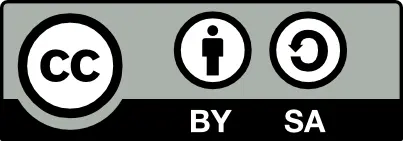ALOPECIA: PATHOPHYSIOLOGY, DIAGNOSIS, AND TREATMENT APPROACHES
Authors: Adinarayana Andy
DOI: https://doi.org/10.5281/zenodo.14005197
Short DOI: https://doi.org/g8pmc9
Country: USA
Full-text Research PDF File:
View |
Download
Abstract: Alopecia, often known as hair loss, is a complex illness that can afflict people of all genders and ages, with serious psychological and social consequences. This review paper examines the pathophysiology, clinical manifestation, and diagnostic techniques of the several forms of alopecia, such as androgenetic alopecia and alopecia areata. The study underscores the significance of obtaining an accurate diagnosis via clinical assessment and histological analysis, since they are crucial in ascertaining the suitable treatment approaches. With differing degrees of efficacy and adverse effects, modern therapy approaches include topical and intralesional corticosteroids as well as more sophisticated medicines such JAK inhibitors and immunomodulating drugs. The difficulties in treating severe types of alopecia are also covered in the report, emphasizing the necessity of continuing investigations into the genetic and molecular pathways behind these disorders. Novel therapeutic approaches, such as gene therapy and stem cell research, present encouraging prospects for future medical interventions. The overall goal of this review is to present a thorough understanding of alopecia, its effects on patients, and the changing field of treatment options, emphasizing the need of personalized care in the management of this complex illness.
Keywords: Alopecia, Hair loss, Androgenetic alopecia (AA), Alopecia areata (Aa), JAK inhibitors, Psychological impact, Stem cell therapy
Paper Id: 231385
Published On: 2018-04-03
Published In: Volume 6, Issue 2, March-April 2018





 All research papers published in this journal/on this website are openly accessible and licensed under
All research papers published in this journal/on this website are openly accessible and licensed under 